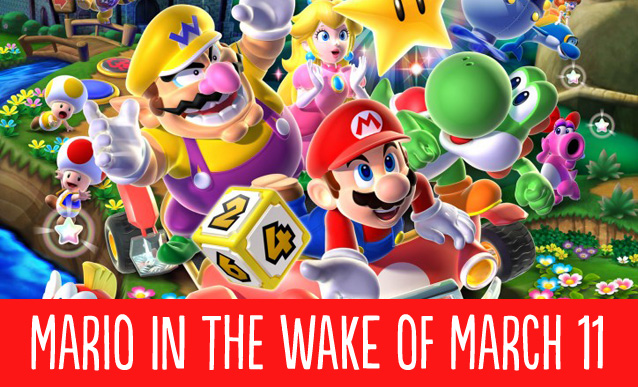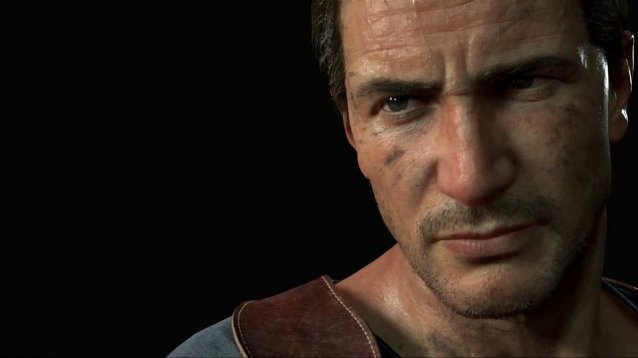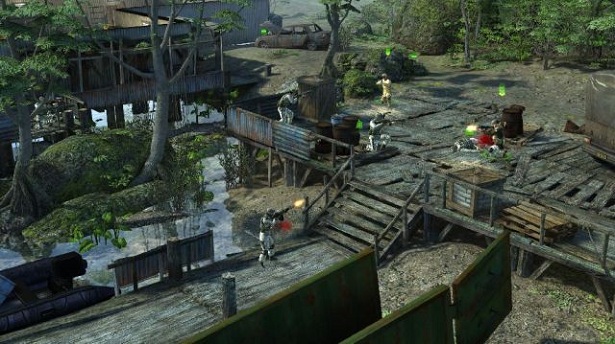


Koichi Hayashida, Director of Super Mario 3D Land was at work at the Nintendo EAD offices in Tokyo when his country changed forever. It was March 11th, 2011, and that morning a magnitude 9.0 earthquake created a gigantic tsunami that flattened the Sendai coast. Though Sendai lies 200 miles North of Tokyo, Hayashida felt his building shake, and heard the sound of something breaking. The horrific sound of structural damage was made all the more terrifying because of Hayashida’s position on the 5th floor. Thankfully, the building, like the country itself, held. The Japanese were wracked with damage, and death, sorrow, and fear, as they began to take stock and rebuild.
Miyamoto had always told Hayashida to, “Enjoy everything.” Hayashida explained to his panel audience that this mantra, “Enjoy everything”, permeated every aspect of Miyamoto’s life, and was the key behind developing enjoyable games.But what could Mario have to do with this? In the face of such complete devastation, what power can a video game hold? That’s the question that Koichi Hayashida tried to answer with Super Mario Land 3D. Certainly, there is an argument out there that gaming is a frivolous exercise in a national emergency. Indeed, Nintendo’s Tokyo EAD offices were closed in the aftermath of the quake. The country contended with power outages, aftershocks, and spouts of radiation from the damaged Fukushima Daiichi nuclear power plant.
In the mean times before the EAD offices re-opened, Hayashida returned to the roots of his education in video game development. Hayashida returned to the teachings of Shigeru Miyamoto, and he found what he was looking for. Miyamoto had always told Hayashida to, “Enjoy everything.” Hayashida explained to his panel audience that this mantra, “Enjoy everything”, permeated every aspect of Miyamoto’s life, and was the key behind developing enjoyable games.
Hayashida told us that Miyamoto moves through life as if it is a series of mini-games. Miyamoto, apparently carries a tape measurer with him at all times. To measure how mentally sharp he is on a given day, Miyamoto will guess the measurement of a certain object, a desk, for example. Then he measures the object exactly with the tape measurer. The closer he is to being correct, the sharper Miyamoto deems himself to be on that day.
Hayashida reminisced about the Nintendo Game Summit he attended while he was a student in 1991. The Summit was taught by Miyamoto himself. Hayashida clearly placed a huge amount of symbolic and practical weight on Miyamoto’s teachings. In a touching moment at the panel, he showed the audience the exact notebook he had scribbled in during Miyamoto’s lecture at the Nintendo Game Design Summit 21 years prior.
Miyamoto taught the class a simple mantra, a Miyamoto-ism, as Hayashida termed it, “Remind yourself every day, what you are trying to create.”The lesson that day was simple. Miyamoto taught the class a simple mantra, a Miyamoto-ism, as Hayashida termed it, “Remind yourself every day, what you are trying to create.” This mantra, like other Miyamoto-ism’s doesn’t apply only to game development. Hayashida explained to us that Miyamoto lives by these sayings as well.
At the beginning of April, the EAD team was able to return to work. Hayashida understood immediately that, as a director, he had serious challenges ahead of him. Hayashida had to discover how to restore the morale of his badly shaken staff. Then, he had to re-focus the team on the project at hand, and ultimately deliver on the incredible expectations of a Mario platformer. All of this, he had to accomplish before the end of 2011.
Hayashida returned to his early teachings, and used them to reset the tone at the EAD office. The team motto became, “Enjoy everything.” Hayashida asked his staff what they, as professionals could do to help the nation recover from disaster. The mission for Hayashida and his team became clear: Bring smiles to the faces with a fun Mario game, by the end of the year. Hayashida told his team, “This, is something only we can do.”
In pursuit of the “Enjoy everything” mantra, Hayashida instituted daily play-sessions where the developers could take a step back from development and enjoy the work they were making progress on. He told his staff not only to play the game, but to be playful. Hayashida talked about his staffers poking fun at each other’s designs, jokingly bemoaning difficult sections, and then returning to the work at hand with better ideas than ever. This strategy became Hayashida’s new team-management technique. He told his audience, “Enjoying making something, leads to making something enjoyable.”
One day, Hayashida took a development copy of the game home. He allowed his six-year old son to play the World 1-1. This was the first time Hayashida’s son had ever played a video game. Hayashida noted that the 3D slider was turned down, as per Nintendo’s recommendations regarding 3D play for children under seven years old. The boy at first tried to play the game with only his right hand on the 3DS Slide Pad, moving Mario about the screen, but accomplishing little. Hayashida, refused to help his boy learn to play, he was, in fact, conducting an experiment. Slowly, the boy learned to use his left thumb on the 3DS Slide Pad, and his right thumb to operate the jumping controls. Hayashida told his audience at GDC that he watched his son take a painfully long hour to complete World 1-1. After the stage was cleared, Hayashida asked his son what he thought. The boy replied that it was fun, and that he liked collecting coins. Hayashida probed further, and discovered that his son thought that the objective of the game was to collect coins rather than finish the stage. Hayashida was surprised by this, but when he reflected he noticed a Miyamoto-ism at work. Had his son misunderstood the game? Yes, but he had enjoyed it none the less. It was a clear case where “Enjoy everything”, had prevailed again.
As we already know, Hayashida and his team did ship Super Mario 3D Land on time, despite the loss of three work weeks following March 11th. It launched, unsurprisingly, to stellar sales, and rave reviews. Hayashida told his panel audience that he is incredibly proud of his team, and the product they created, but he wondered, if he had accomplished his stated goal: Returning smiles to the faces of so many Japanese. Then, he pulled letter from his messenger bag. It was a letter from a woman in a quake stricken area, and this was the excerpt that he read, “This game has been like a light finally shining into what has been such a depressing time. I feel like this game has given me the power to go on living. It is something like a miracle.”
It was clear to Hayashida then, Mario had saved the day once more. Mario, it seemed, had the power to show the Japanese, and the world, that despite incredible circumstance, it was possible to “Enjoy everything.”




 Planetary Annihilation Wiki – Everything you need to know about the game .
Planetary Annihilation Wiki – Everything you need to know about the game . Xenoblade Chronicles Beginner’s Walkthrough
Xenoblade Chronicles Beginner’s Walkthrough Solo strategy for “FIVE” – To get ready for BO2
Solo strategy for “FIVE” – To get ready for BO2 Jagged Alliance: Back In Action Walkthrough
Jagged Alliance: Back In Action Walkthrough The Witcher 3: Wild Hunt Guide - How to Solve Magic Lamp Flame Puzzle
The Witcher 3: Wild Hunt Guide - How to Solve Magic Lamp Flame Puzzle